Irish Elk Hunting: Everything You Need to Know
Step back to the Pleistocene epoch, and you will encounter a majestic creature that once roamed vast regions of Europe, Asia, and North Africa. The Irish Elk, scientifically known as Megaloceros giganteus, captivates the imagination with its unparalleled size and awe-inspiring antlers.
This magnificent herbivore belonged to the deer family and is widely regarded as one of the largest deer species ever on Earth. Megaloceros giganteus was named by scientists due to its colossal size, truly befitting a creature that could rival modern-day moose or even elephants in terms of stature.
Males stood an impressive 6-7 feet tall at their shoulders and weighed up to a staggering 1,500 pounds. But it’s not just their immense size that sets them apart; their remarkable antlers make them iconic.
The Irish Elk’s most striking feature was undoubtedly its elaborate antlers, which were unlike anything seen in today’s deer species. These magnificent appendages could reach astonishing spans of up to 12 feet from tip to tip, towering over their heads like majestic crowns.
Weighing over 90 pounds each – more than the average weight of a grown human – these antlers were adorned with numerous points branching out from a central beam. They are revered as some of the largest examples of antler growth found in any animal species throughout history.
Importance of the Irish Elk in Paleontological Studies
The significance of the Irish Elk extends beyond its sheer magnificence; it holds great importance within the field of paleontology. With fossil evidence dating back over 10,000 years, this gentle giant offers invaluable insights into the Earth’s prehistoric ecosystems and can help us unravel the mysteries of the Pleistocene era.
Studying the Irish Elk’s skeletal remains allows scientists to reconstruct its life history and evolutionary adaptations and better understand ancient habitats and climate conditions. By examining their bones, teeth, and antler growth patterns, paleontologists can deduce vital information about their diet, behavior, reproductive strategies, and overall ecological role within ancient ecosystems.
Furthermore, the Irish Elk’s existence provides a crucial reference point for understanding megafauna dynamics during a time when many large herbivores roamed the Earth. The extinction of this grand species raises questions about how environmental changes or human influence may have contributed to their demise – lessons that are particularly relevant in today’s discussions on biodiversity loss and conservation efforts.
Thesis Statement: Exploring various aspects of the Irish Elk
This article embarks on an expedition through time to delve into different facets of Megaloceros giganteus—the Irish Elk. With meticulous attention to detail, we will examine its physical characteristics in all its grandeur while unraveling mysteries surrounding its habitat and distribution during the Pleistocene epoch. Furthermore, we will explore theories surrounding its eventual extinction as well as contemplate its cultural significance throughout history.
Prepare yourself for a journey that combines scientific inquiry with captivating storytelling as we paint a vivid portrait of one of nature’s most impressive creatures – from its towering stature to the ancient landscapes it once called home. Our exploration aims to shed light on an extraordinary animal and humanity’s connection with long-lost giants that once roamed our planet.
Physical Characteristics
Size and Weight
The Irish Elk, scientifically known as Megaloceros giganteus, is widely regarded as one of the largest deer species to have ever roamed the Earth. These magnificent creatures reached astonishing dimensions during the Pleistocene epoch.
Adult males stood at an impressive height of approximately 6.9 feet (2.1 meters) at the shoulder, making them taller than modern-day moose and elk. In terms of weight, they could tip the scales at over 1,500 pounds (680 kilograms), rivaling some present-day bovine species.
Antlers
One of the most striking features of the Irish Elk was its remarkable antlers. These magnificent appendages were truly awe-inspiring in their sheer size and splendor.
The antlers of male Irish Elk were particularly noteworthy, often spanning up to an astounding 12 feet (3.65 meters) in width from tip to tip—equivalent to four times the span of a mature bull elk’s antlers today. Additionally, these massive antlers carried an incredible weight; some estimates suggest they could exceed 90 pounds (41 kilograms), more than a small adult human!
Body Structure
The physical structure of the Irish Elk was characterized by its robust build and distinct silhouette. With long legs designed to traverse vast landscapes, these majestic creatures possessed a graceful yet powerful stride that allowed them to cover large distances efficiently.
Their bodies exhibited a sloping back, which further contributed to their appearance. This unique body structure was advantageous for grazing on vegetation found in open grasslands and woodlands near water sources—the preferred habitats where Irish Elks thrived.
The Irish Elk’s physical characteristics made it exceptional among deer species throughout history. Its immense size and weight set it apart as one of the largest members of the deer family.
The ornate antlers, spanning up to 12 feet in width and weighing over 90 pounds, were undoubtedly a sight to behold. Combined with its robust body structure and distinctive sloping back, the Irish Elk was an awe-inspiring creature that dominated the landscapes during its time on Earth.
Geographic Range
During the Pleistocene epoch, the Irish Elk, scientifically known as Megaloceros giganteus, inhabited vast regions of Europe, Asia, and North Africa. These impressive creatures roamed across diverse landscapes, including present-day countries such as Ireland, Great Britain, France, Germany, Spain, Russia, China, Mongolia, and Morocco.
Fossil findings have provided valuable evidence of their presence in these areas. The wide geographic range of the Irish Elk demonstrates its adaptability to various environments and highlights its significance in the paleontological record.
Preferred Habitats
The Irish Elk exhibited preferreds and woodlands near water sources. These herbivorous creatures relied on abundant vegetation for sustenance and thrived in areas where they could find a balance between grazing grounds and access to fresh water.
Open grasslands provided ample space for them to move freely and graze upon an array of grasses and herbs. Woodlands offered shelter from extreme weather conditions while also providing browse material such as leaves and twigs.
Seasonal Migrations
One remarkable characteristic of the Irish Elk was its propensity for long-distance seasonal migrations in search of suitable food resources. As herbivores with high energy demands due to their large size and antler growth requirements, these majestic creatures needed access to abundant vegetation throughout the year.
They embarked on extensive journeys in response to changing seasons or shifts in food availability within their territories due to climate fluctuations or competition with other herbivores. These migrations would often cover significant distances as they traversed various landscapes in search of greener pastures or more favorable habitats.
For instance, during colder months, food sources became scarce in northern regions like Scandinavia or Siberia due to snow cover or frozen grounds limiting vegetation growth accessibility, which became challenging; herds would move southwards to more temperate regions. In contrast, during the summer, they would return to the north where food resources were more abundant.
The Irish Elk’s ability to undertake these long-distance migrations demonstrates their remarkable adaptability and survival strategies. It also highlights their key role in shaping the structure and dynamics of ecosystems during the Pleistocene epoch.
Causes of Extinction
The extinction of the Irish Elk around 10,000 years ago has been the subject of intense scientific speculation. Several theories have been proposed to explain this magnificent creature’s disappearance from the Earth’s face. One prominent hypothesis revolves around climate change and its profound impact on the environment during that time period.
Anperiody suggests that human activities played a significant role, including hunting pressure and habitat destruction caused by early human populations. Disease outbreaks or increased competition with other herbivore species might have also contributed to their decline.
Climate Change
During the late Pleistocene epoch, global climatic fluctuations were rampant, leading to significant shifts in temperature and vegetation patterns across various regions. These changes could have had dire consequences for large herbivores like the Irish Elk.
As temperatures fluctuated, their preferred habitats may have become fragmented or altered, reducing their available food resources. The transition from glacial to interglacial periods likely caused drastic changes in vegetation composition and distribution, impacting herbivorous giants’ ability to find suitable forage.
Human Impact
Early humans coexisted with the Irish Elk during their final years on Earth. It is plausible that our ancestors played a role in their extinction through hunting and habitat destruction.
Increased hunting pressure from humans for food or other purposes may have driven down population numbers significantly. Additionally, as human populations expanded, there would have been an increased demand for resources like wood and land for settlements, potentially encroaching upon Irish Elk habitats and further fragmenting their populations.
Disease or Competition with Other Species
Disease outbreaks can exert substantial pressure on wildlife populations, often leading to declines or even extinctions in some cases. While direct evidence is limited regarding specific diseases impacting Irish Elks, it is conceivable that epidemics could have played a role in their extinction.
Furthermore, competition with other herbivore species, such as reindeer and bison, may have intensified as resources became scarcer due to climate change or human activities. This increased competition might have further strained the already vulnerable Irish Elk populations, hastening their demise.
Impact on Ecosystems after Extinction
The disappearance of the Irish Elk had substantial ecological consequences within their former habitats. As large herbivores, they played a crucial role in shaping the environment around them through their feeding habits and movement patterns.
Their grazing activities would have influenced vegetation composition and structure, creating open grasslands and clearing dense woodlands; these landscapes potentially underwent significant changes.
The absence of such an immense herbivore also impacted other species within these ecosystems. Predators that relied on hunting the Irish Elk for sustenance likely had to adapt or switch to alternative prey sources once they vanished.
Smaller scavengers might have also suffered from reduced carrion availability, leading to shifts in scavenger populations. Moreover, the disappearance of the Irish Elk may have triggered cascading effects throughout the food web.
Changes in vegetation dynamics could have affected insect populations dependent on specific plant species that declined alongside them. Consequently, this could impact other organisms higher up the trophic levels that relied on those insects for food.
Understanding why the majestic Irish Elk went extinct is a complex puzzle that involves considering various factors such as climate change, human impact, disease outbreaks, or competition with other species. Their extinction led to significant ecological changes within their former habitats and potentially disrupted intricate relationships within ecosystems they once occupied.
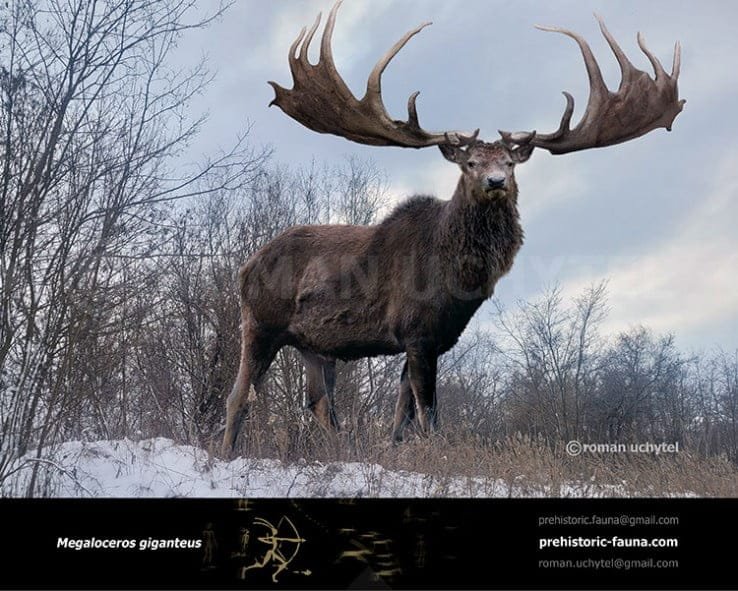
Conclusion
The Legacy of the Irish Elk: A Glimpse into Prehistoric Majesty
The Irish Elk, or Megaloceros giganteus, continues to captivate our imagination even after its extinction over 10,000 years ago. Its colossal size, stunning antlers, and majestic presence in the Pleistocene landscape make it a truly awe-inspiring creature.
Through paleontological studies, we have gained valuable insights into not only the physical characteristics and habitat preferences of the Irish Elk but also its unfortunate demise. This article has delved into various aspects of this magnificent species to shed light on its significance in natural and cultural narratives.
Cultural Significance: Fading Echoes of a Lost World
Beyond its scientific importance, the Irish Elk holds a special place in human culture and folklore. Ancient cave paintings showcasing these awe-inspiring creatures suggest that early humans held them in high esteem. Highly antlers have been found buried with reverence, indicating their symbolic significance to our ancestors. As we reflect upon their extinction, we must also acknowledge that their legacy lives on through artistic representations and stories passed down through generations.
An Optimistic Outlook: Lessons from the Past
The story of the Irish Elk serves as a reminder of how fragile ecosystems can be and how vulnerable even seemingly invincible species are to environmental changes or human impact. However, it also highlights humanity’s capacity for wonder and fascination with Earth’s diverse creatures throughout history. As we navigate our current conservation and climate change challenges, let us draw inspiration from these ancient giants by striving to protect and preserve our planet’s biodiversity.
While the Irish Elk may no longer roam our modern landscapes, its legacy remains ingrained within us—reminding us of the grandeur that once existed and urging us to be stewards of our natural world. May the memory of the Irish Elk compel us to appreciate the wonders of nature, conserve our fragile ecosystems, and foster a deep respect for all living creatures.

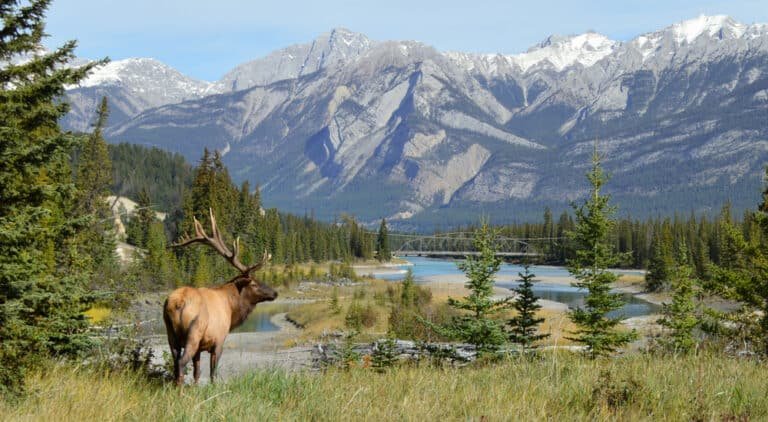

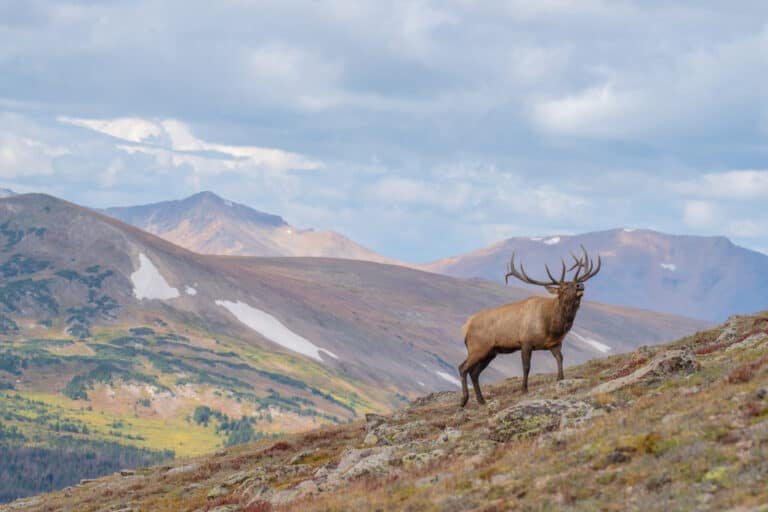
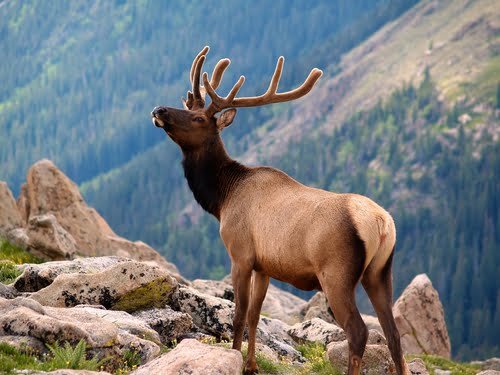
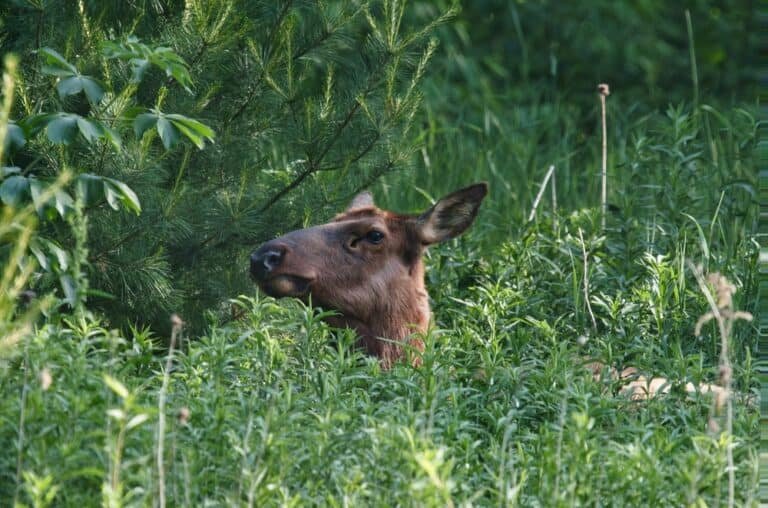
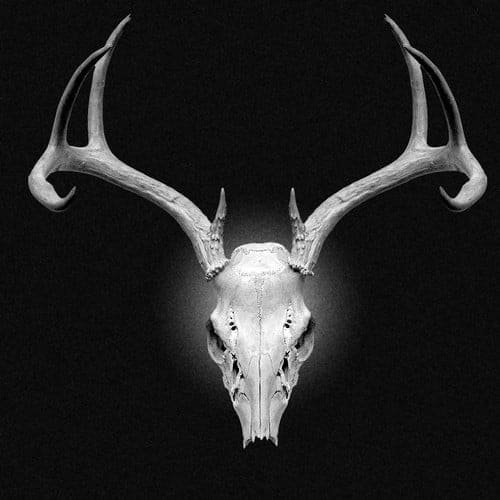
I like this blog very much, Its a real nice billet to read and obtain info.Raise range